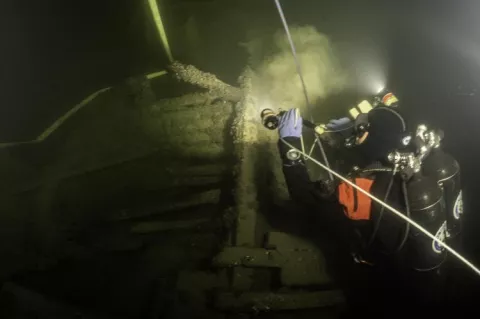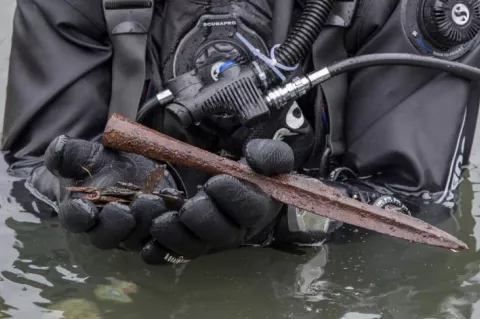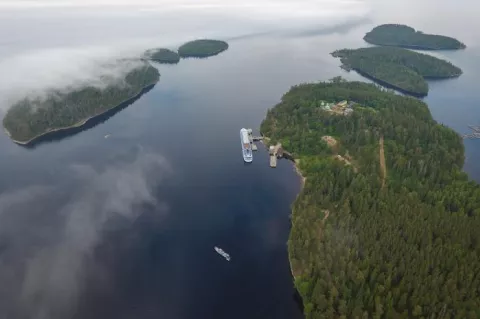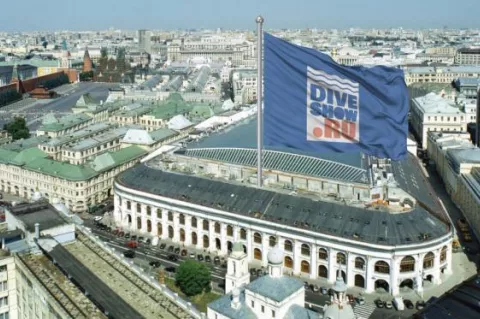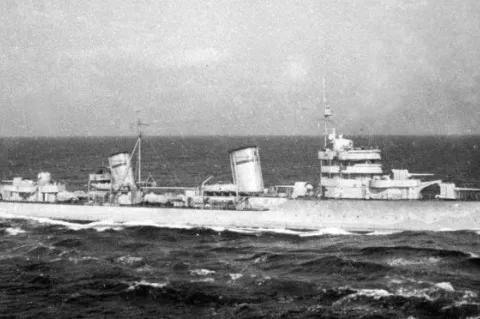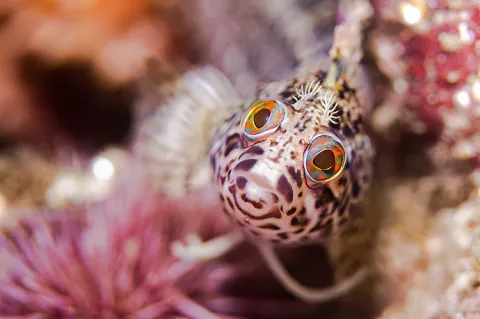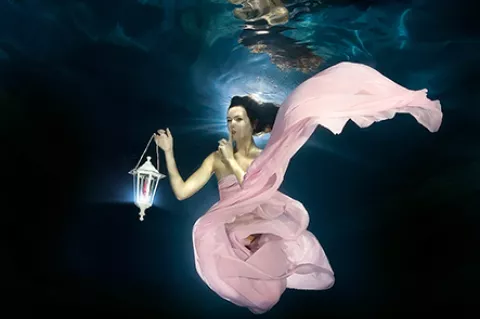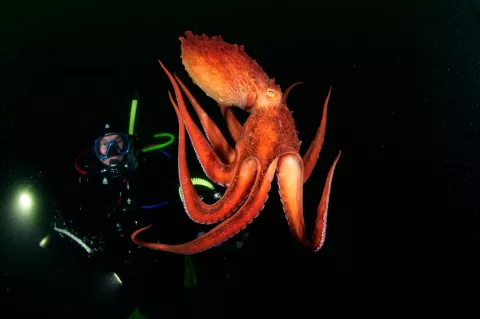Vera Figner Wreck: 20th-Century Paddle Steamer in Russia's Silva River
Scuba diving is a diverse and breathtaking activity where, upon submerging, one can find oneself drifting along the waves of history. Such an opportunity presented itself to me during my recent visit with fellow divers in Perm, who discovered an interesting object under the ice in the Sylva River.

